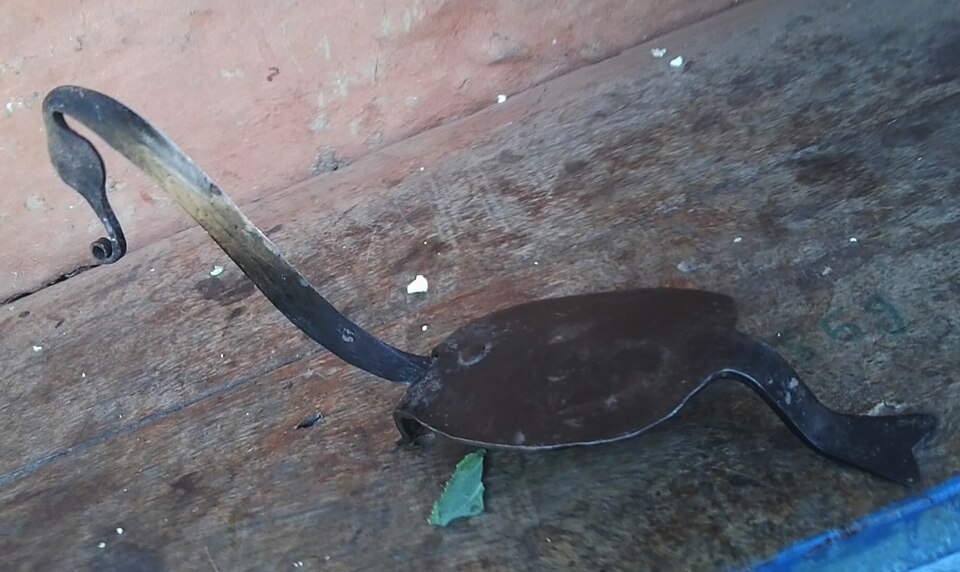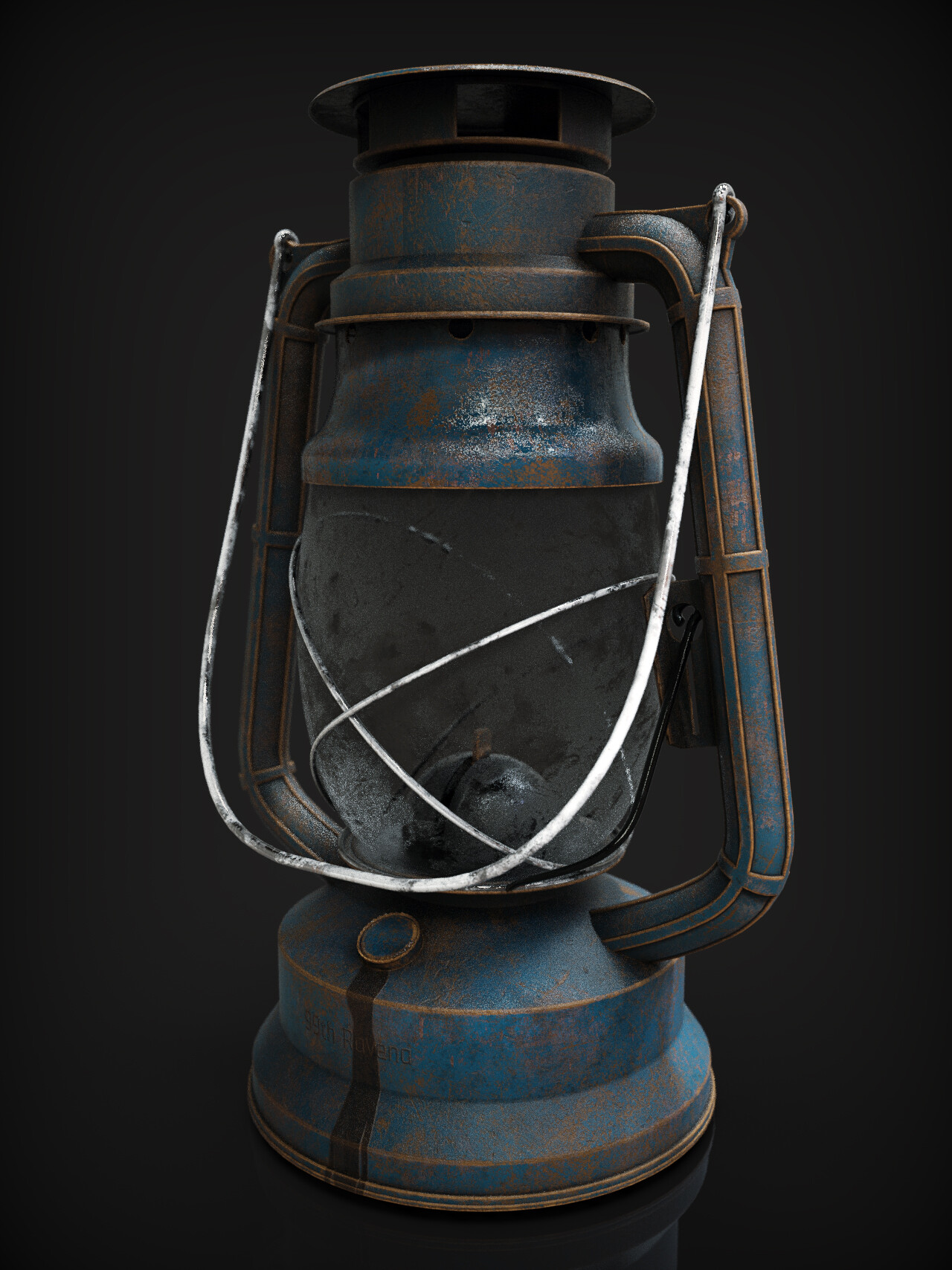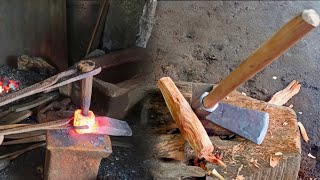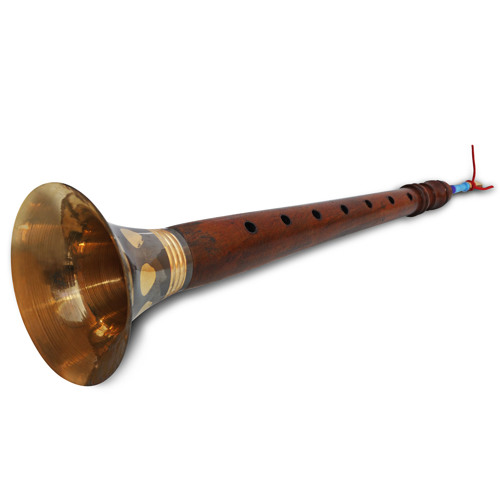Share this Article
In the heart of every traditional Nepali kitchen, one will inevitably find a humble yet powerful tool—Chulesi. Also known as Boti in some regions, the chulesi is more than just a kitchen implement; it is a cultural emblem, a symbol of heritage, and a testament to Nepali ingenuity. For generations, it has played an indispensable role in daily life, especially in rural and semi-urban households across the country. From chopping vegetables and slicing meat to preparing elaborate festive meals, the chulesi continues to be a revered companion in the culinary practices of Nepal.
Understanding the Chulesi: Design and Functionality
The chulesi is a traditional cutting device that operates using a foot-pedal method or with one’s body weight for support and control. It typically consists of a flat, wooden or metal base with a sharp, curved blade fixed upright at one end. This unique vertical design allows the user to apply pressure from above, pressing the food item down onto the blade using both hands, while often sitting or squatting comfortably.
What distinguishes the chulesi from a regular kitchen knife is its efficiency and ergonomics. It enables quick, rhythmic chopping and is especially suited for tasks that require a great deal of precision and repetition. Whether slicing tender leafy greens, tough root vegetables, or even meat and bones, the chulesi accommodates a wide variety of cutting needs.
Cultural Significance and Regional Variations
The chulesi is not just a utilitarian object—it is deeply woven into the cultural fabric of Nepal. Its presence in a household signifies a connection to ancestral traditions and sustainable living. Unlike modern food processors or electrical kitchen tools, the chulesi does not rely on electricity or modern materials. It embodies self-reliance and simplicity.
In the hills of Nepal, where homes are often built on uneven terrain and with limited access to electricity, the chulesi proves its worth daily. It is common to see mothers and grandmothers, seated on the kitchen floor, rhythmically chopping ingredients for dal bhat, tarkari, or pickles, while children play nearby. This scene captures the intimate family moments that revolve around cooking, and the chulesi is central to this daily ritual.
Different regions of Nepal have adapted the chulesi to their local resources and needs. In the Terai, for example, larger versions with longer blades are used to cut through bamboo shoots, pumpkins, and thick meats. In the hilly regions, smaller, more portable chulesis are common, crafted with locally available iron and wood. Some communities decorate the base with carvings or family symbols, making each chulesi unique and personal.
Practical Uses in Daily Nepali Life
The chulesi’s versatility is one of its most remarkable features. It is used for a variety of food preparation tasks, including:
- Chopping vegetables: From cabbage and spinach to potatoes and radishes, the chulesi enables fast and uniform cutting, crucial for daily meals.
- Slicing meat and fish: Its sturdy blade makes it possible to process meat, especially in households that prepare their own cuts from larger portions.
- Preparing pickles (achar): Many traditional pickles require fine slicing or julienning of ingredients like mangoes, chilies, and garlic—tasks made easier with a chulesi.
- Grinding and mincing: With the right technique, users can even mince garlic, ginger, and green chilies directly on the blade.
Aside from food preparation, some rural households also use variations of the chulesi for non-culinary purposes such as cutting animal feed, slicing herbs for traditional medicines, or crafting handmade items.
Gender Roles and the Chulesi
Historically, the chulesi has been associated with women’s labor in the kitchen. It has long been considered a domestic tool passed from mothers to daughters, a rite of passage into culinary adulthood. Many girls learn to use the chulesi in their teenage years, mastering the techniques and safety precautions that come with it.
Despite this gendered association, it is important to note that men also use the chulesi, particularly when preparing large meals during festivals, weddings, and community gatherings. In such settings, the chulesi becomes a shared tool, promoting communal participation in cooking.
Challenges in Modern Times
With the advent of modern kitchen appliances, urbanization, and changing lifestyles, the traditional use of the chulesi has declined in many parts of Nepal. In urban households, it is increasingly being replaced by knives, food processors, and other convenient alternatives. The younger generation, especially those living in cities or abroad, may not have learned to use a chulesi or even seen one in active use.
Moreover, concerns over hygiene and safety have also contributed to its decline. Without proper maintenance, the iron blade can rust, and poor handling may lead to serious injuries. These factors have led some to consider it outdated or dangerous in comparison to modern kitchen tools.
However, in rural and semi-urban areas, the chulesi remains irreplaceable. Its durability, affordability, and cultural value continue to secure its place in everyday life.
Revival and Preservation of the Chulesi Tradition
There is a growing movement among cultural conservationists and traditional artisans to preserve the use and knowledge of the chulesi. Some NGOs and community groups have started initiatives to:
- Educate younger generations about traditional kitchen tools and practices.
- Support local blacksmiths who continue to craft chulesis by hand.
- Promote eco-friendly lifestyles, highlighting the chulesi as a zero-electricity tool that aligns with sustainable living.
- Document oral histories from elders about their experiences with traditional cooking methods.
Additionally, Nepali restaurants and culinary schools are increasingly showcasing the chulesi as part of authentic cooking demonstrations, bringing it back into the spotlight for both locals and tourists.
Conclusion
The chulesi is more than a kitchen implement—it is a cultural artifact, a symbol of Nepali resilience, and a practical solution to everyday culinary challenges. In a world that is rapidly shifting toward automation and modernization, tools like the chulesi remind us of the beauty of simplicity and tradition. Whether used in a bustling city kitchen or a quiet village home, the chulesi carries with it the soul of Nepali heritage and the enduring rhythm of daily life.
Categories:
Traditional Tools and Utensils
Tags:
Chulesi
,
ChulesiNepal
,
CulinaryHeritage
,
DailyLifeNepal







